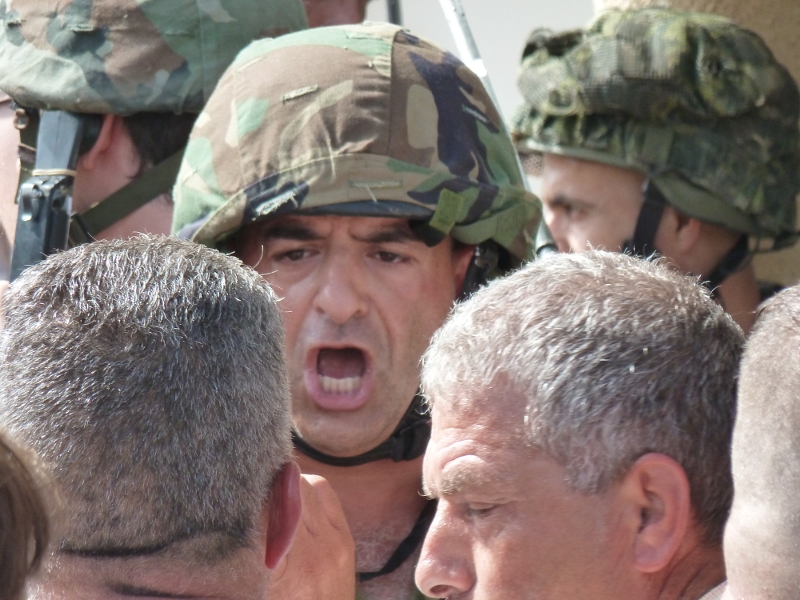Tag: Demonstration
-
Civil resistance to bring down the Walls
1 November 2010 | Ayed Morrar, Huffington Post Budrus, a documentary film now debuting across the US, tells the story of a successful protest campaign by unarmed Palestinian civilians against Israel’s military occupation in my small West Bank village. Our struggle’s success and the consequent expansion of civil resistance to other West Bank communities may…
-
IDF prosecutors chided for using testimony of mentally disabled Palestinian witness
25 October 2010 | Amira Hass, Haaretz A military judge has criticized the military prosecutor’s office for relying on the testimony of a mentally challenged young man who referred to events that never took place. In doing so, the witness put a resident of the Palestinian West Bank village of Na’alin behind bars for nine…
-
Israeli forces attack weekly West Bank demonstrations
22 October 2010 | International Solidarity Movement Today in the village of An-Nabi Salah, the weekly non-violent demonstration took place against the illegal settlement Hamish. Unlike other villages taking part in non-violent resistance, many women, young girls and children participate in the protest. Today, there was a child demonstration. A commemoration also took place in…

